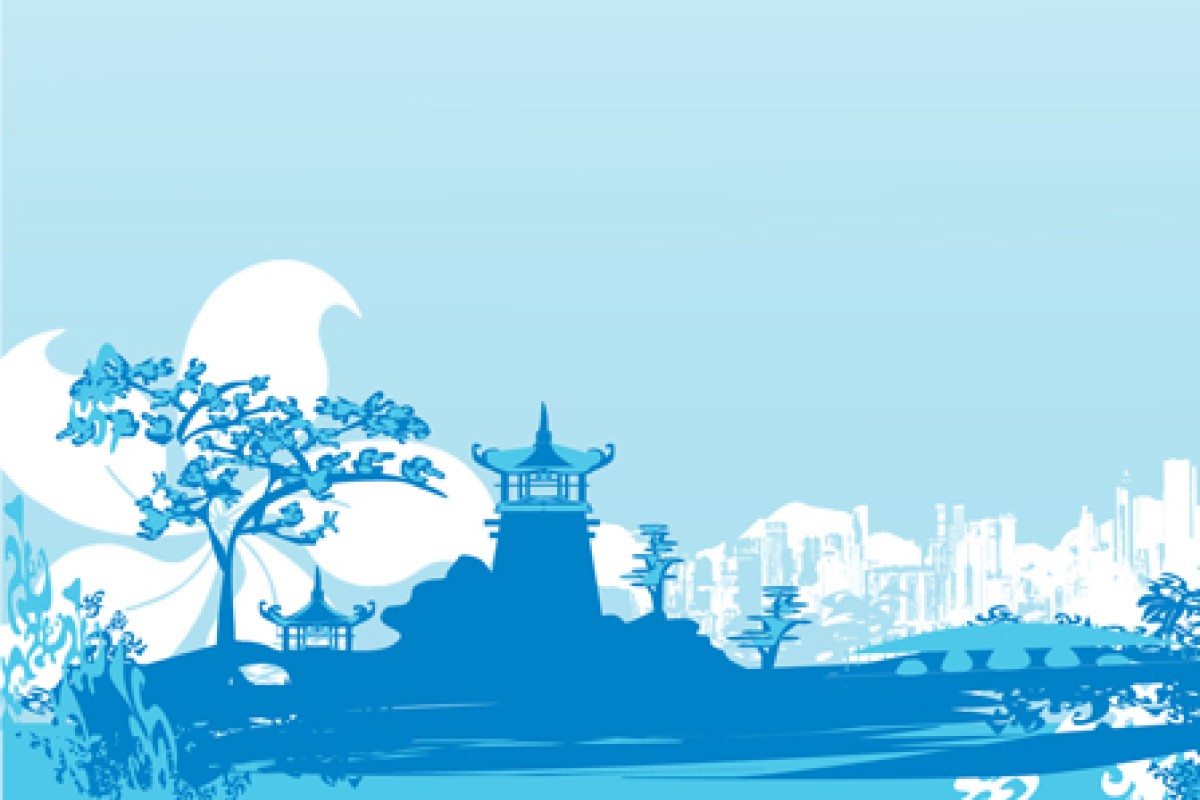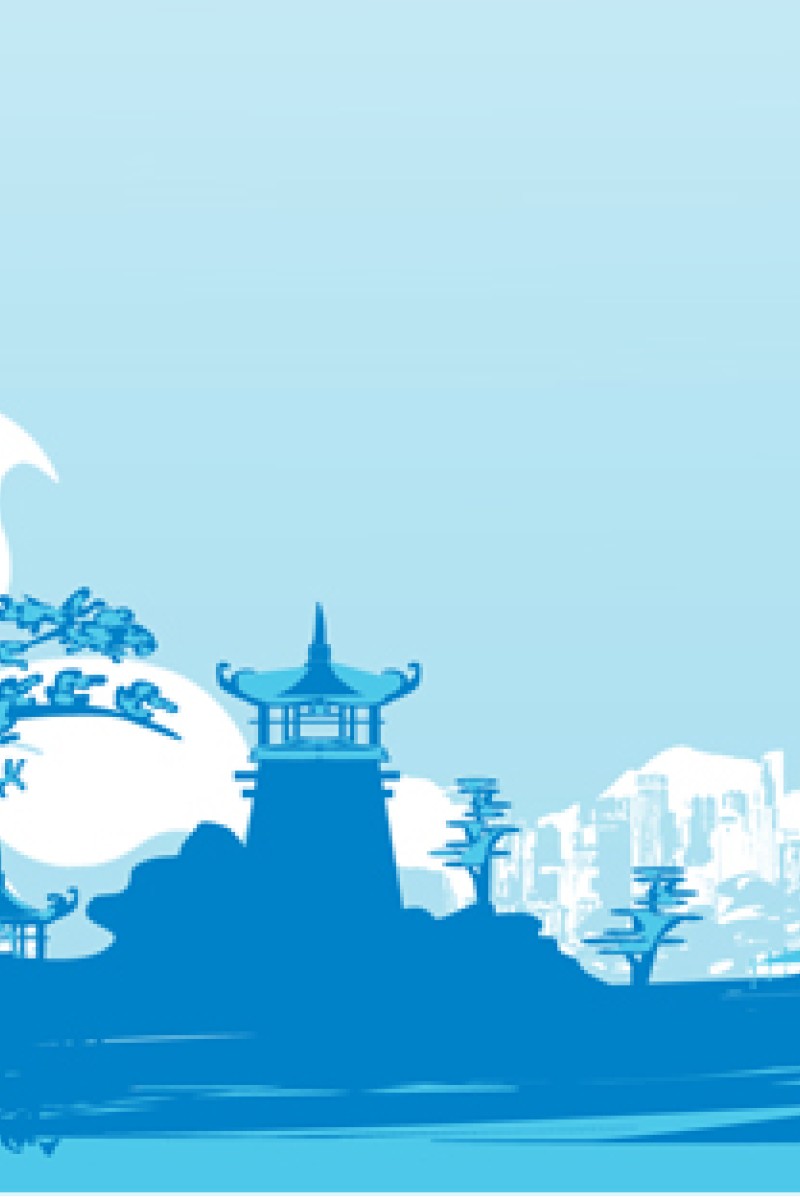
Exploring them gives you a chance to discover historical old treasures.
Hung Shing Temples
Queen's Road East, Wan Chai
Hung Shing was a government official of the Tang dynasty who learned astronomy, geography and mathematics.
His knowledge enabled him to track changes in weather and warn fishermen and sea traders of coming disasters. He earned support from both the emperor and the people.
Hung Shing died young and was honoured afterwards with the title of "God of the Southern Sea". As Hong Kong is located in that region, he is worshipped in many temples here. This temple was built in the Qing dynasty before 1847. It was originally on the waterfront, but had to move because of a reclamation project.
Lin Fa Temple or Lotus Temple
Lin Fa Kung Street West, Tai Hang
In the back of this temple is a rock where, according to legend, Kwun Yam, the goddess of mercy, is said to have appeared. Kwun Yam is a deity shrouded in mystery. She may even have been a mortal man at one time before evolving into a goddess.
The temple was built in 1863 to honour her. Lotus flowers are symbolically connected to Kwun Yam because many Buddhists believe that after death, they are transported by Kwun Yam to Sukhavati, or the Land of Bliss, in the heart of a lotus. The temple boasts lamps in the shape of a lotus as well as three special windows that are delicately curved and made of wood. The temple is recognised by the Hong Kong government as a Grade I historical building.
Yuk Hui Temple, aka Pak Tai Temple
Lung On Street, Wan Chai
The temple hosts the popular bun festival of Cheung Chau. Pak Tai is the Taoist god of the North. He was originally a prince in the Shang dynasty. Legend has it that the Demon King was tearing up China during the fall of the dynasty, and Pak Tai was appointed by the Jade Emperor, the ruler of heaven, to lead an army of angels to defeat the demon. After Pak Tai's victory, he was granted the title "Supreme Emperor of the Mysterious Heaven".
Pak Tai symbolises the triumph of good over evil. This temple was built in 1863 in the Qing dynasty. Its decoration is similar to that of the Man Mo Temple on Hollywood Road. It is tucked away among car shops.
Hau Wong Temple
Junction Road, Kowloon City
The temple was built around 1730 in celebration of Hau Wong, a general named Yeung Leung-jit of the Song dynasty. As the dynasty was falling, the emperor retreated to Kowloon for his last stand, and it is believed that this temple is located close to where the final battles took place. The temple was built as a memorial to Yeung's bravery and loyalty.
An old stone inscription by a Qing dynasty scholar testifies to Yeung's heroism. The temple also houses other historical artefacts such as one-stroke calligraphies of goose and crane images. Visitors to the temple can see the 60 Gods of Time and several images of Buddha.
The temple's heyday was before the second world war. Although it has been less popular recently, it remains a beautiful monument that testifies to the glories of old Hong Kong.
